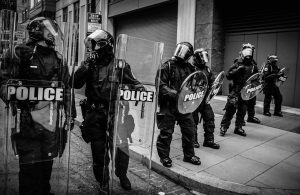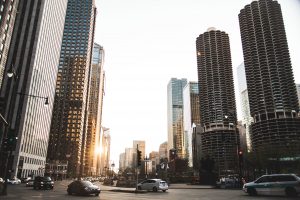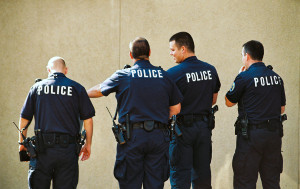The community of Grand Rapids Michigan is reeling after an officer-involved shooting shows that a suspect was shot in the back of the head while resisting during a routine traffic stop. The events of this shooting are clear as day, but it remains unclear if any officer will be charged with a crime. This comes after police officers involved in the George Floyd murder rejected pleas offered by state prosecutors.
Bodycam footage shows that the officer pulled over a vehicle for having a license plate that did not match the vehicle. The officer pulls over the vehicle and the suspect immediately gets out of the car. The suspect does not have a weapon, looks confused, and tells the officer he has a license, but does not produce one. Later, the suspect can be seen walking away from the officer and then running. The officer pursues, tackles the suspect, and a struggle ensues. The officer draws his taser, the suspect intercepts it with his hands and diverts it. A struggle ensues. The officer is on top of the suspect when he discharges his weapon into the back of the suspect’s head. The suspect dies immediately. An autopsy confirms that the cause of death is a single gunshot wound to the back of the head.
Police reform advocates are saying this is another example of ineffective policing leading to tragedy. Pro-police advocates say that the suspect was still reaching for the officer’s taser when he fired the weapon.
 Chicago Criminal Lawyer Blog
Chicago Criminal Lawyer Blog





